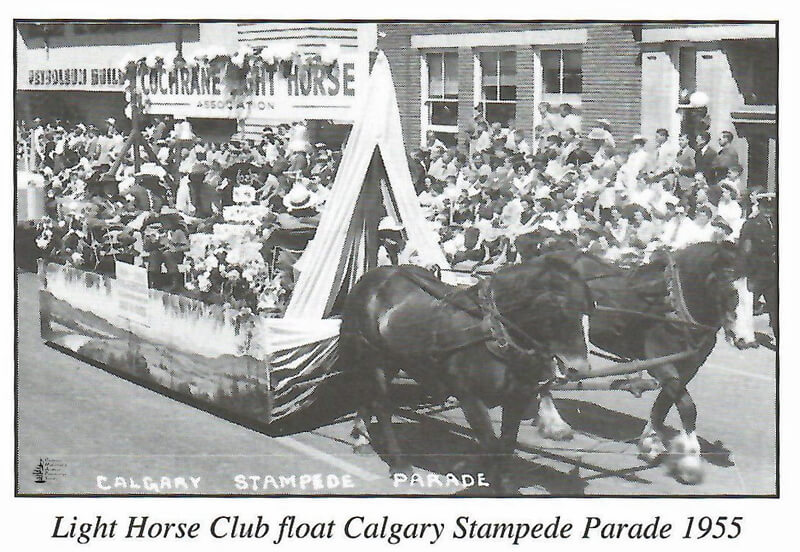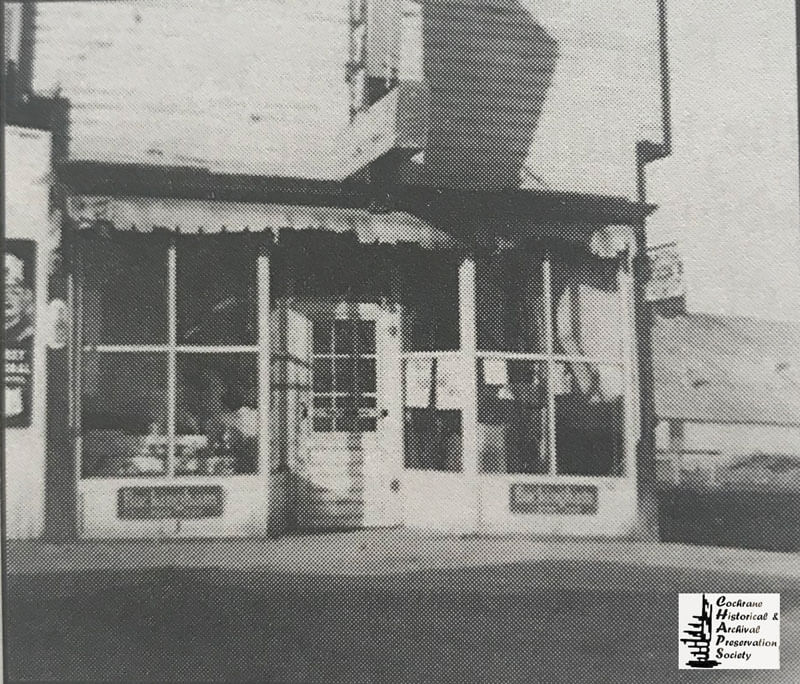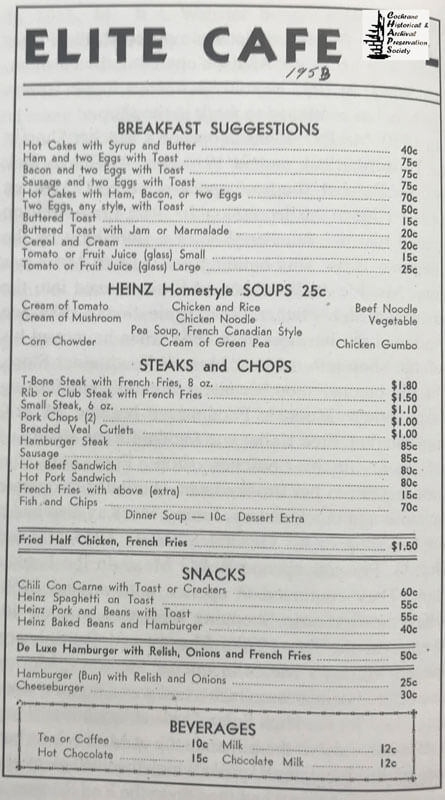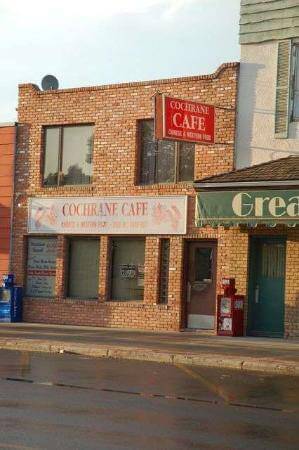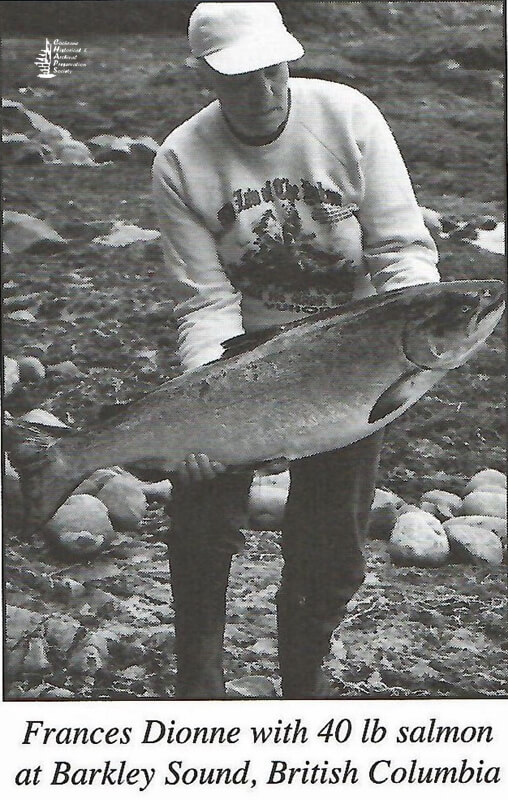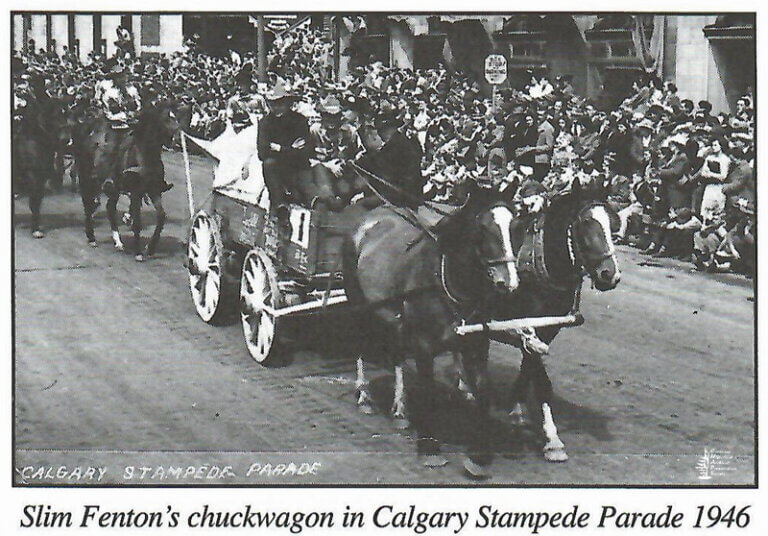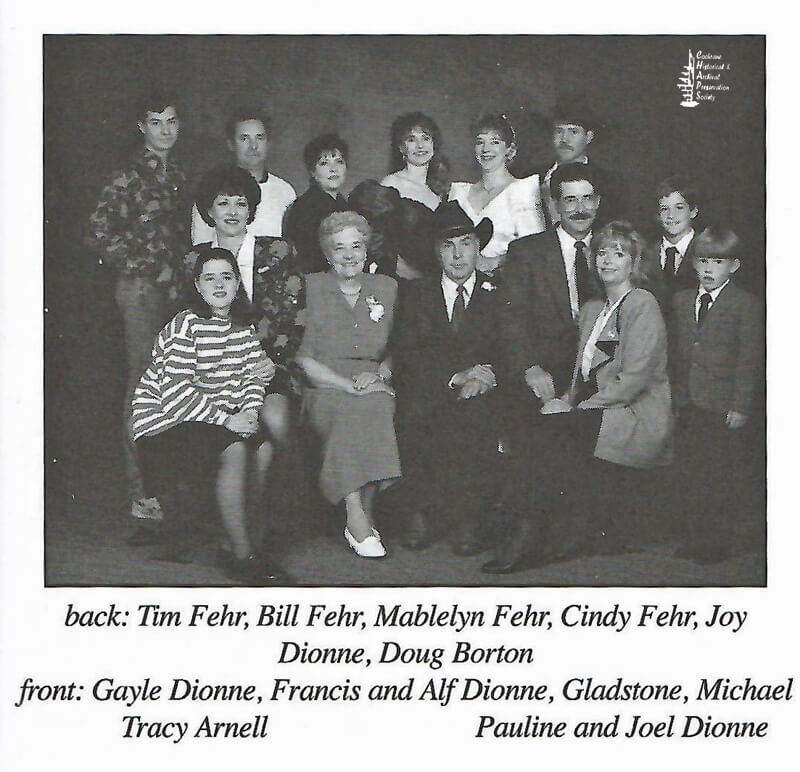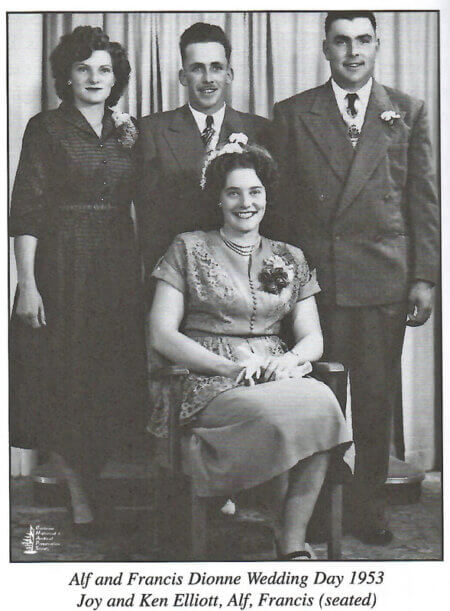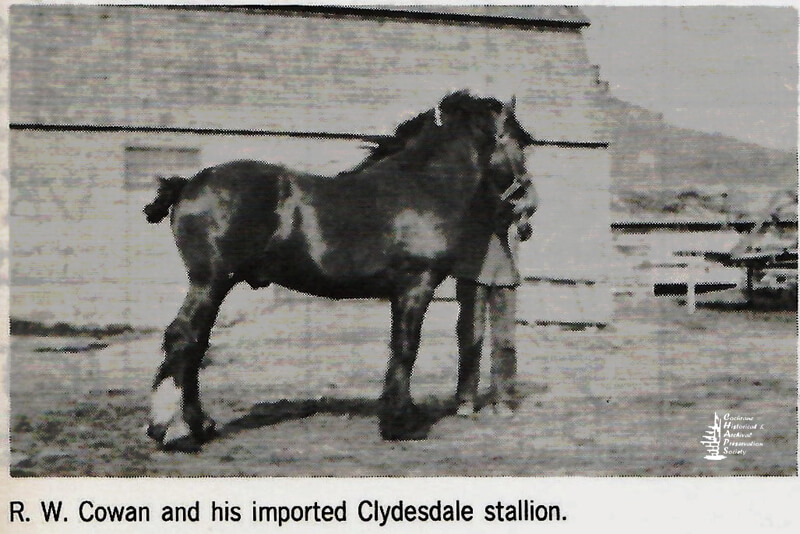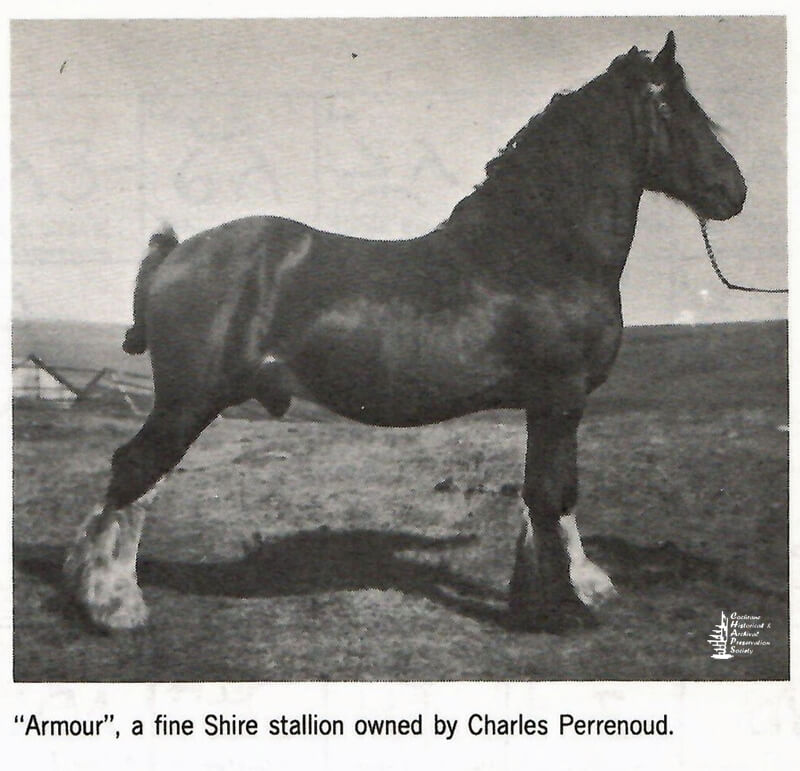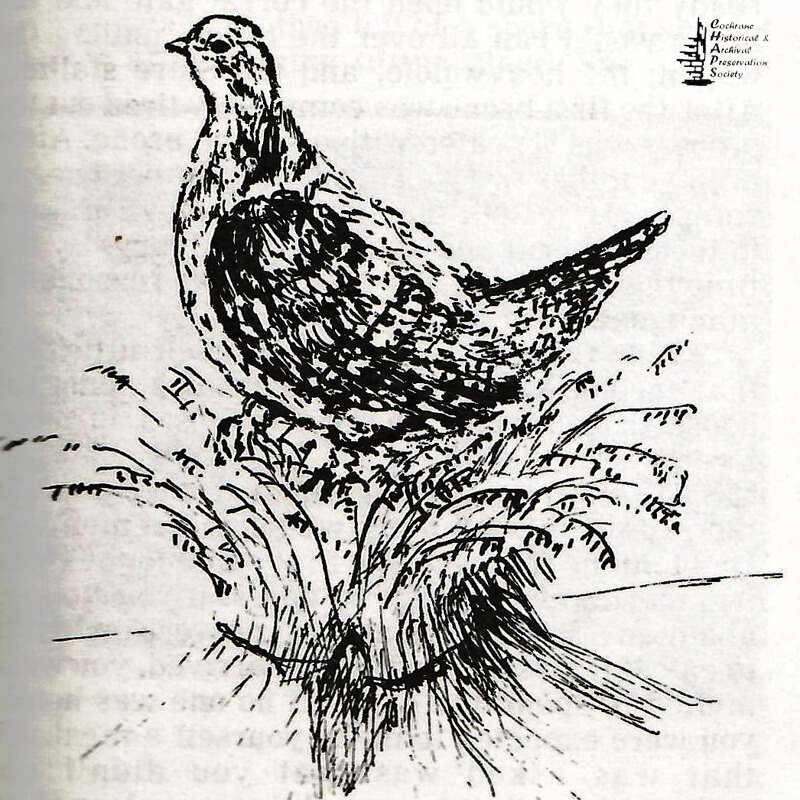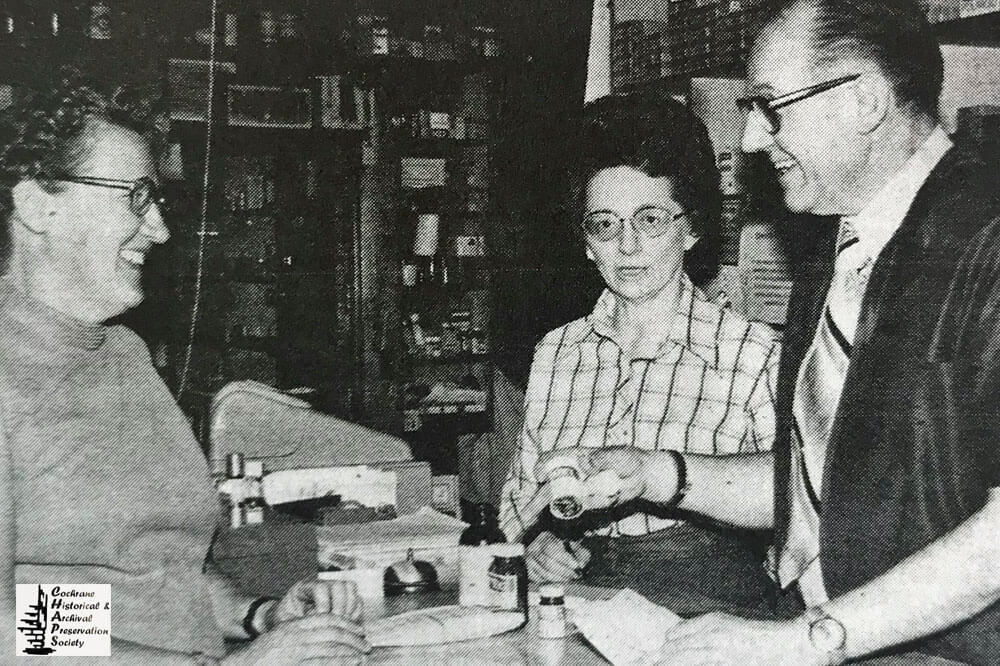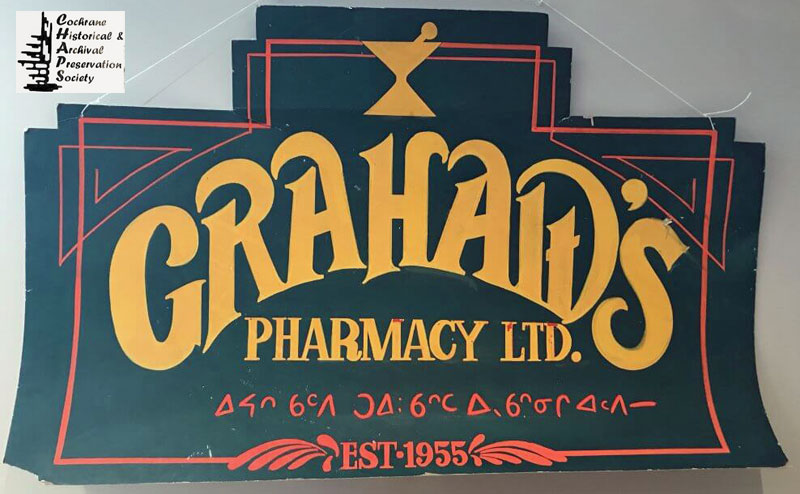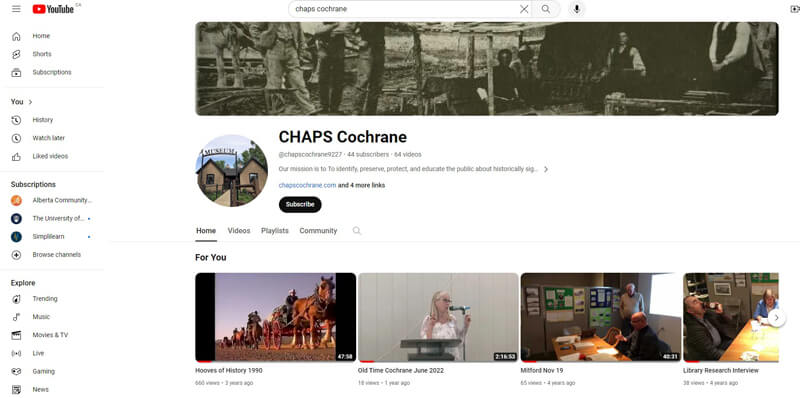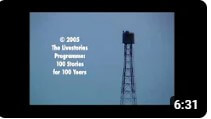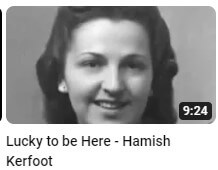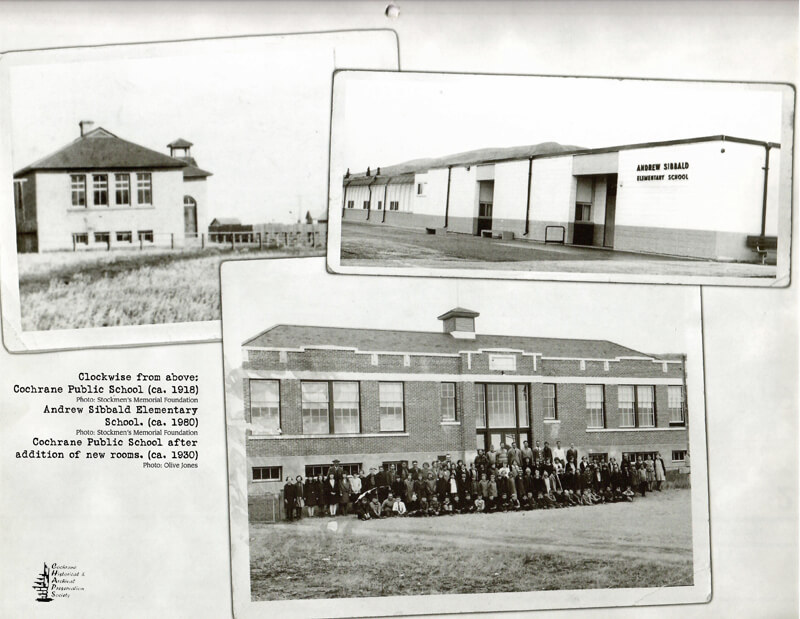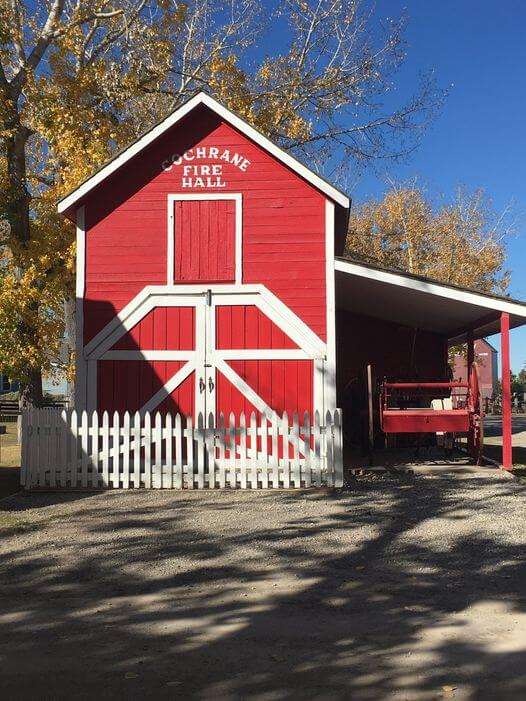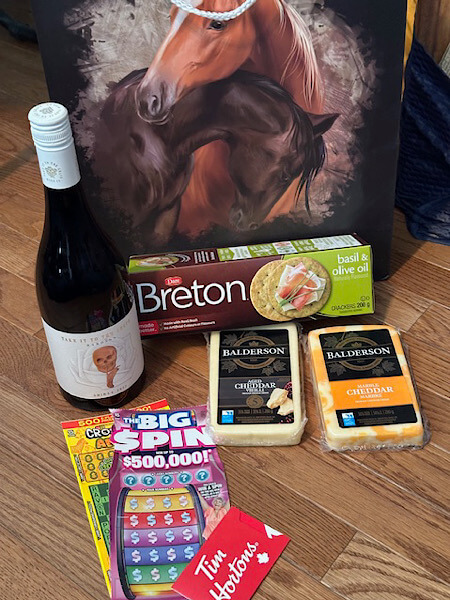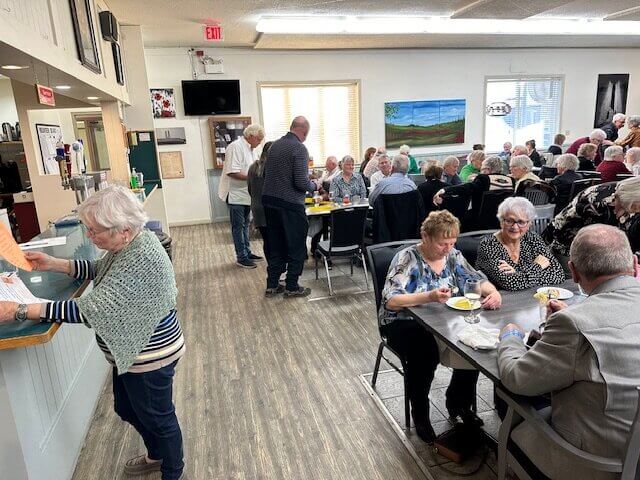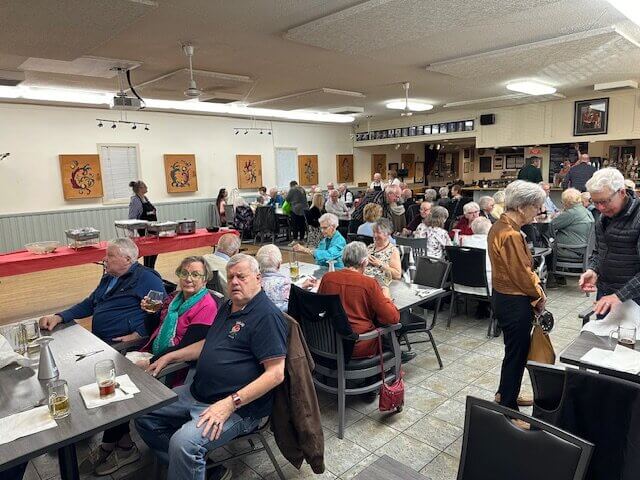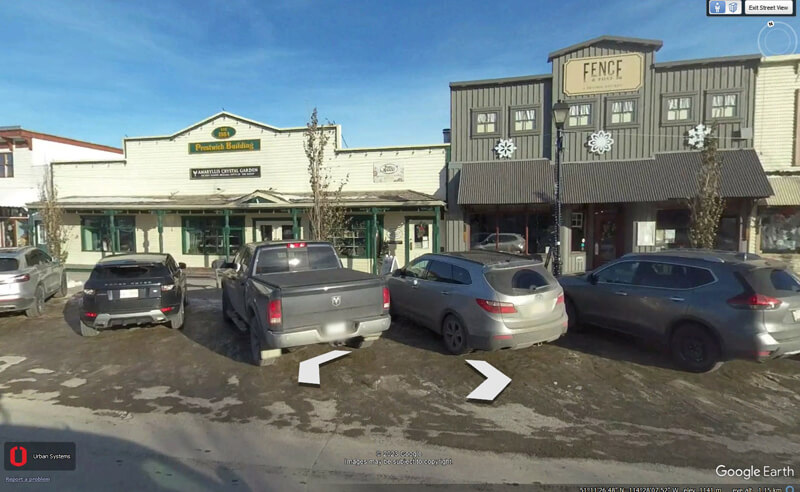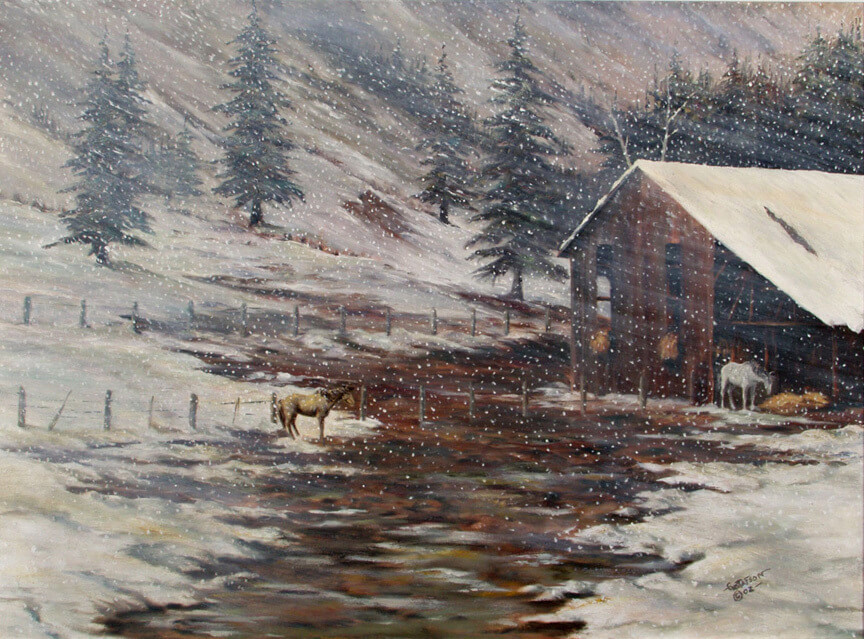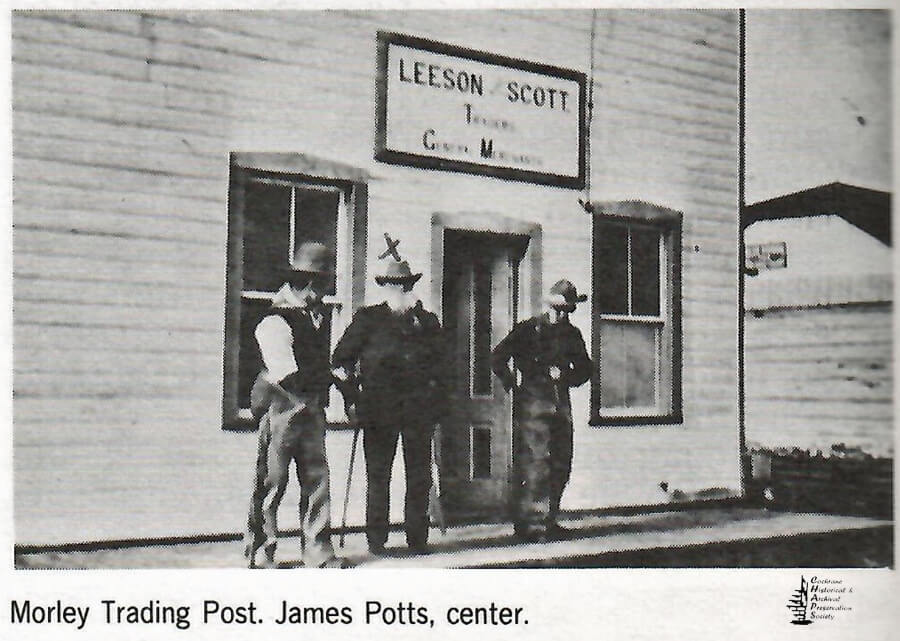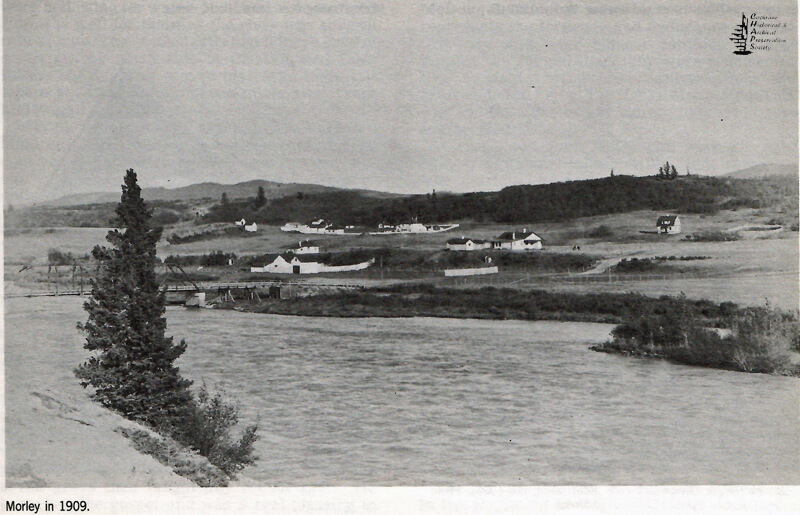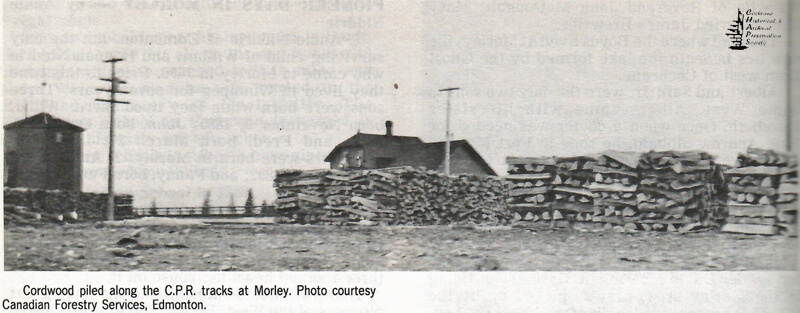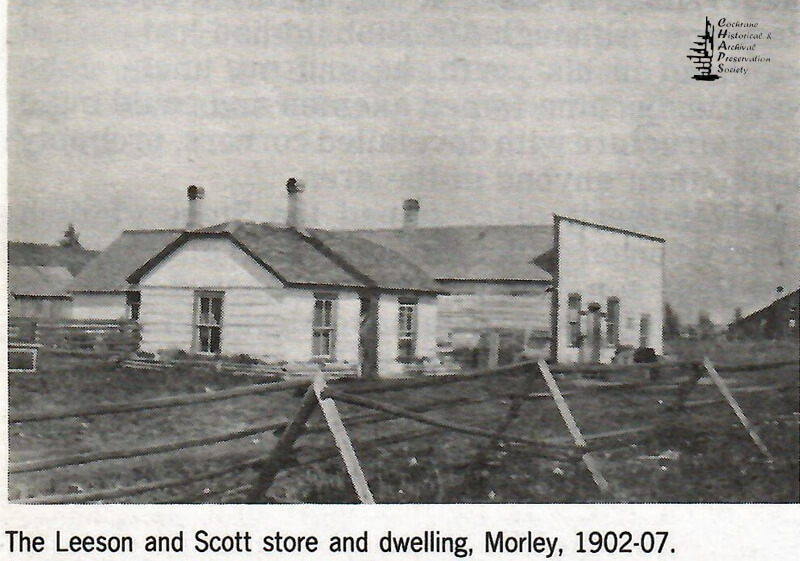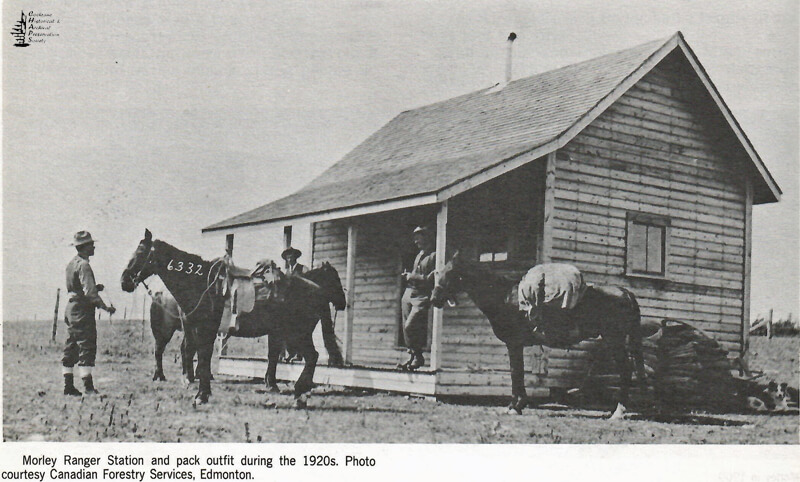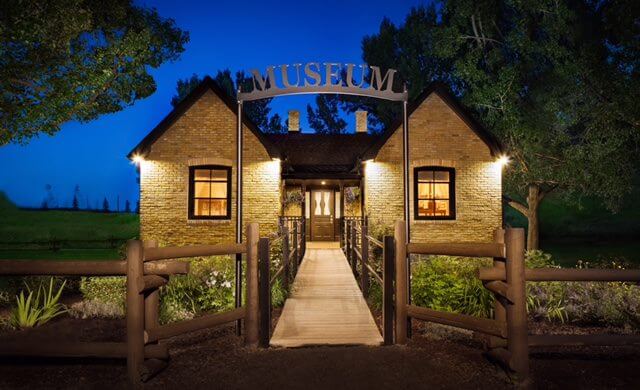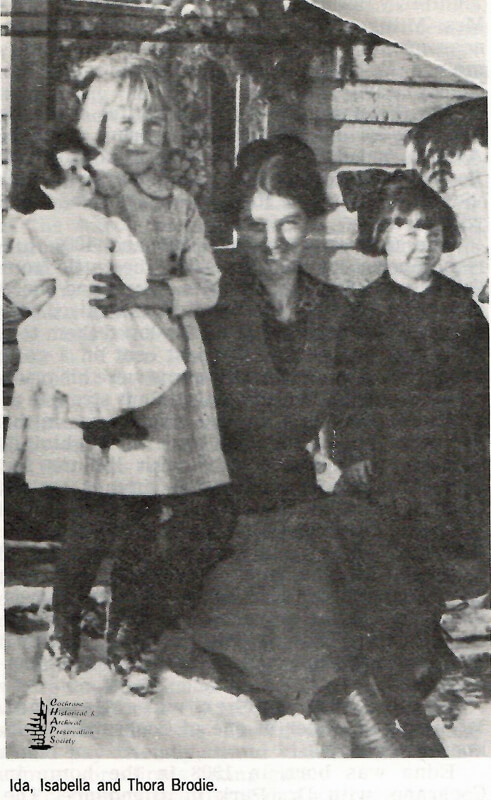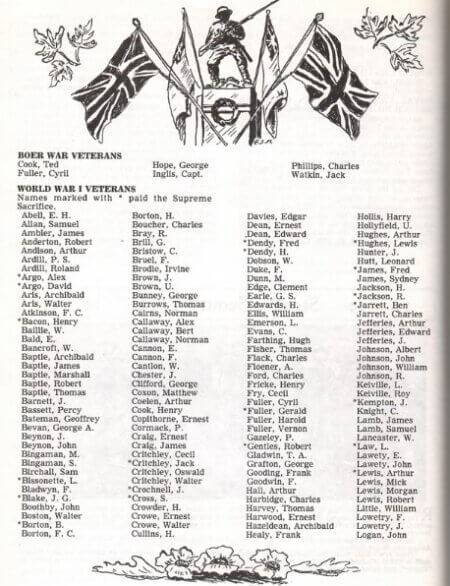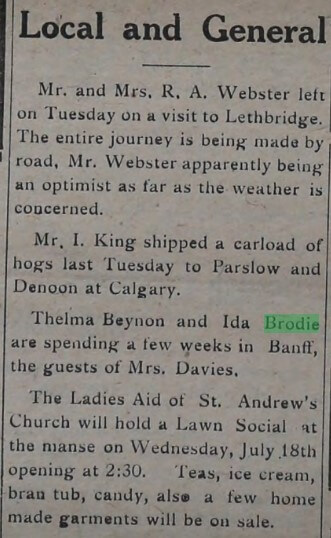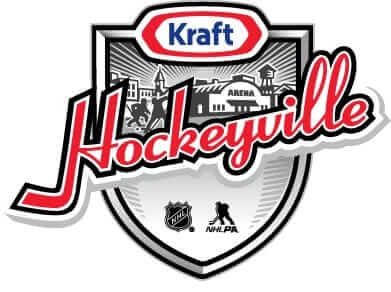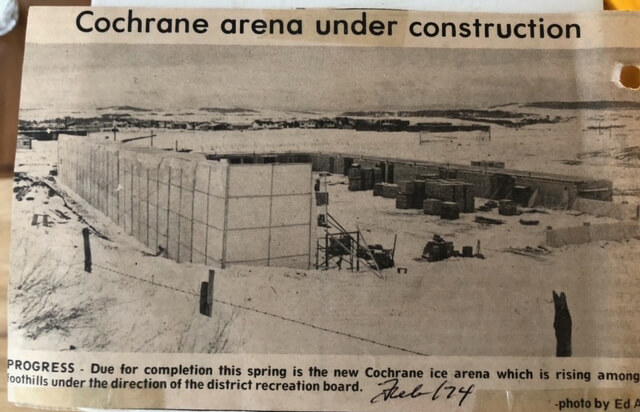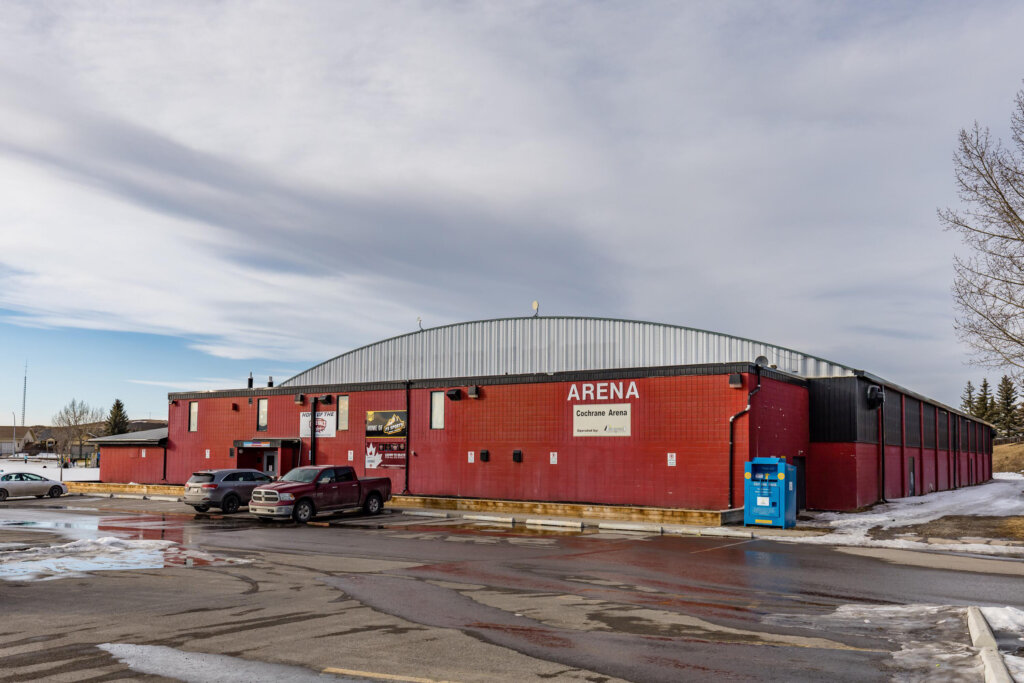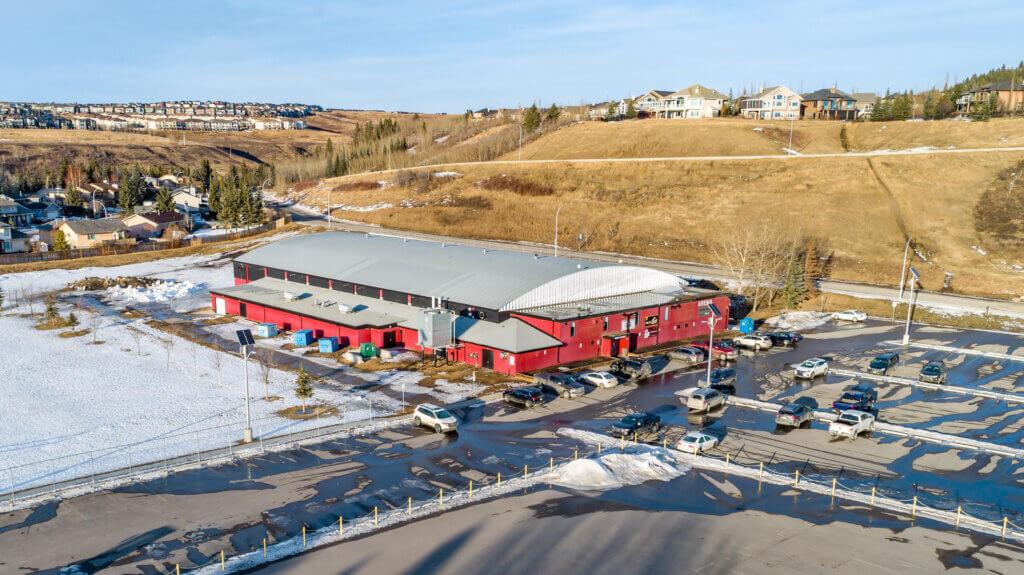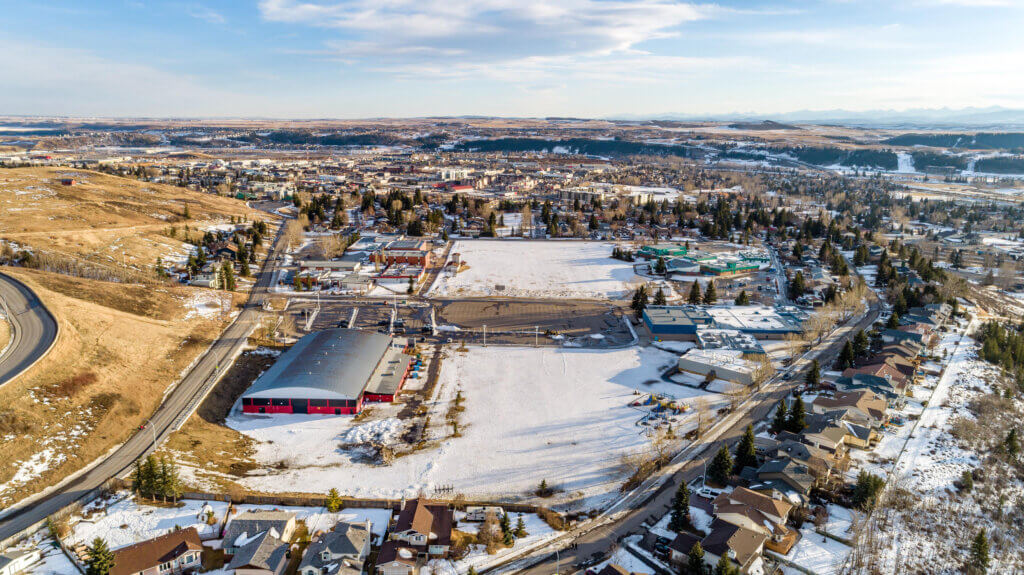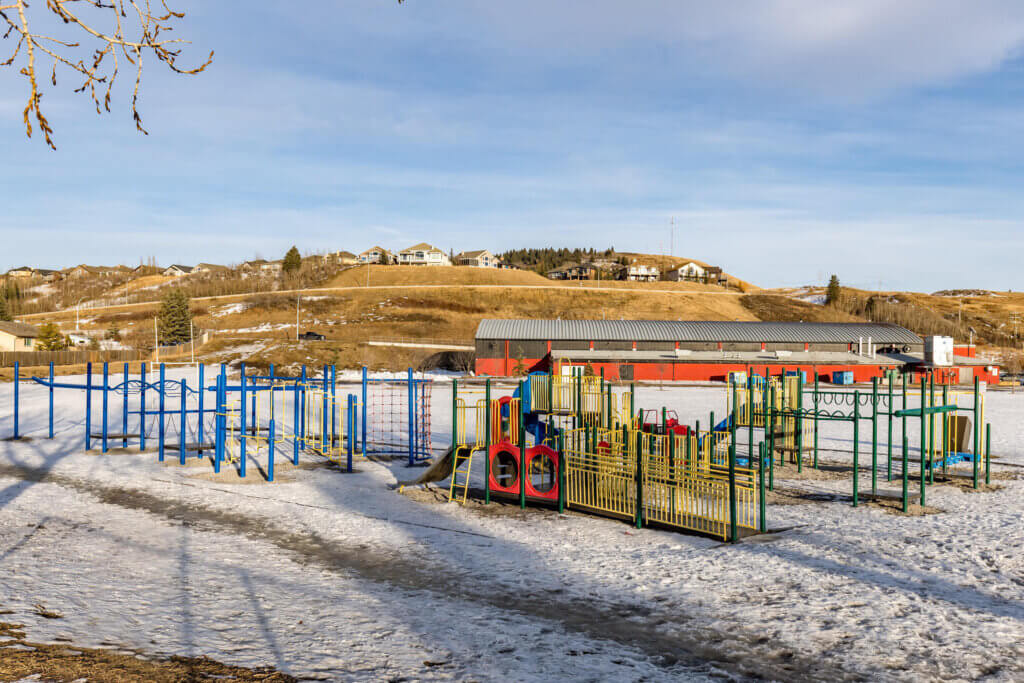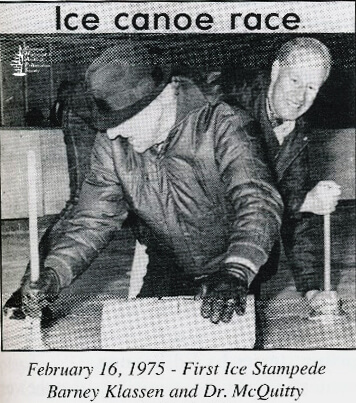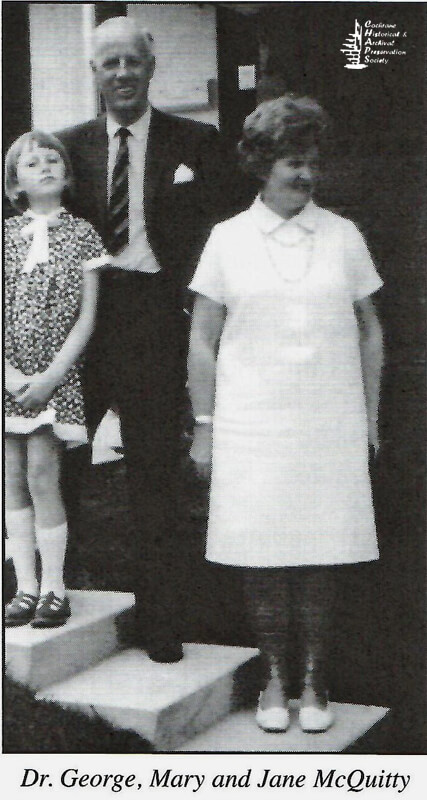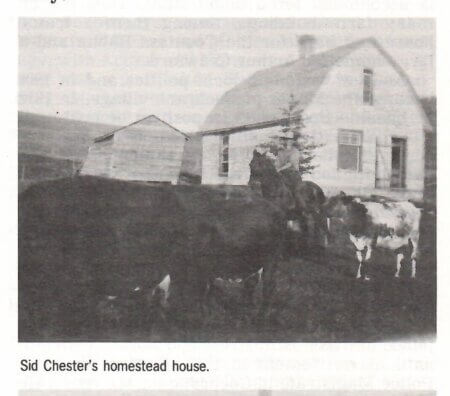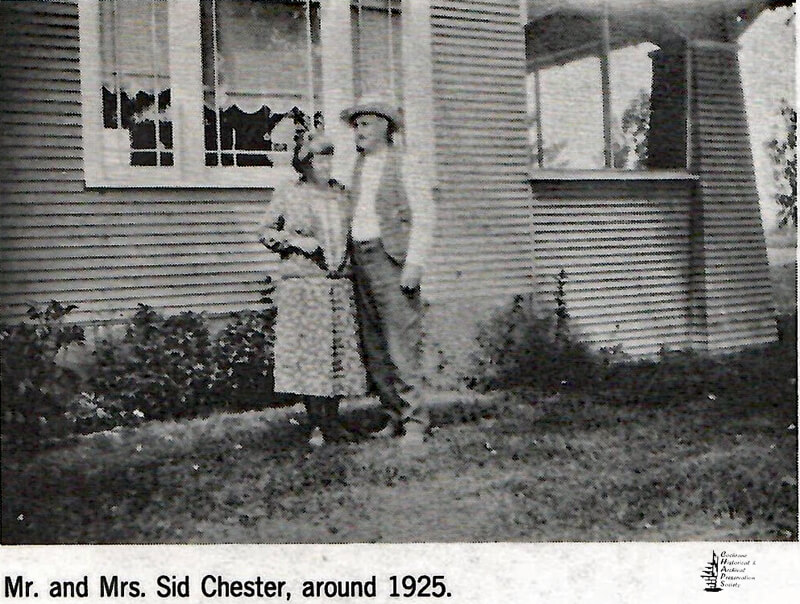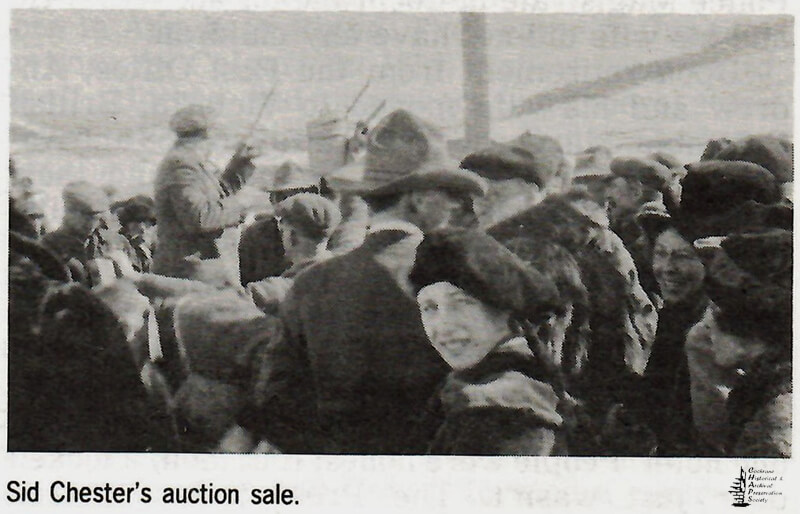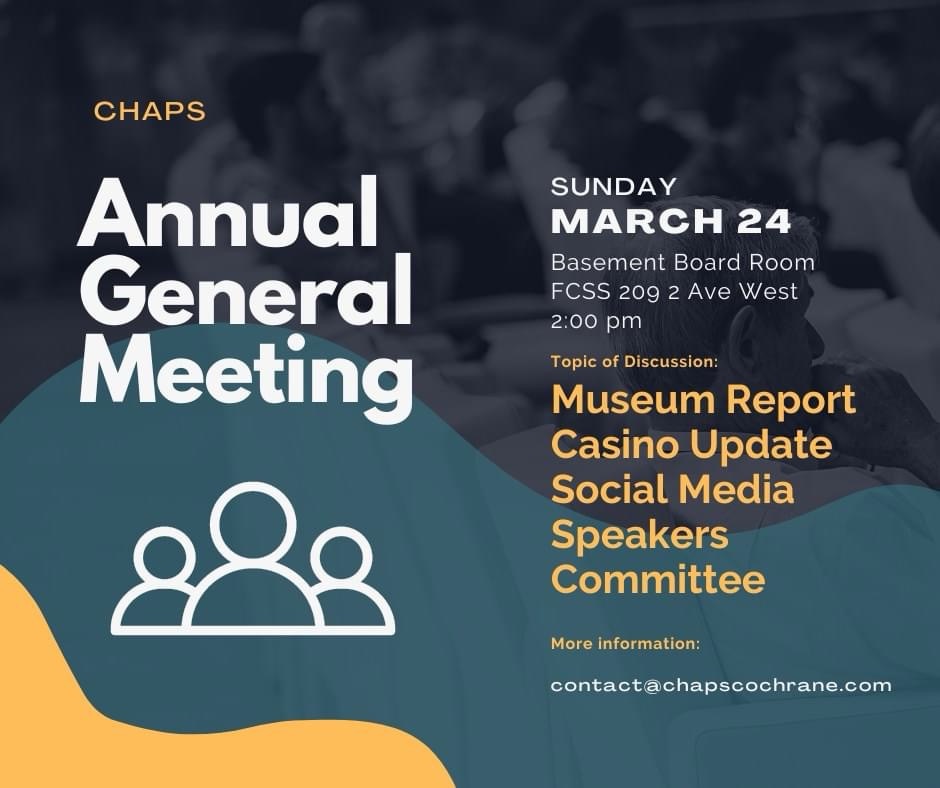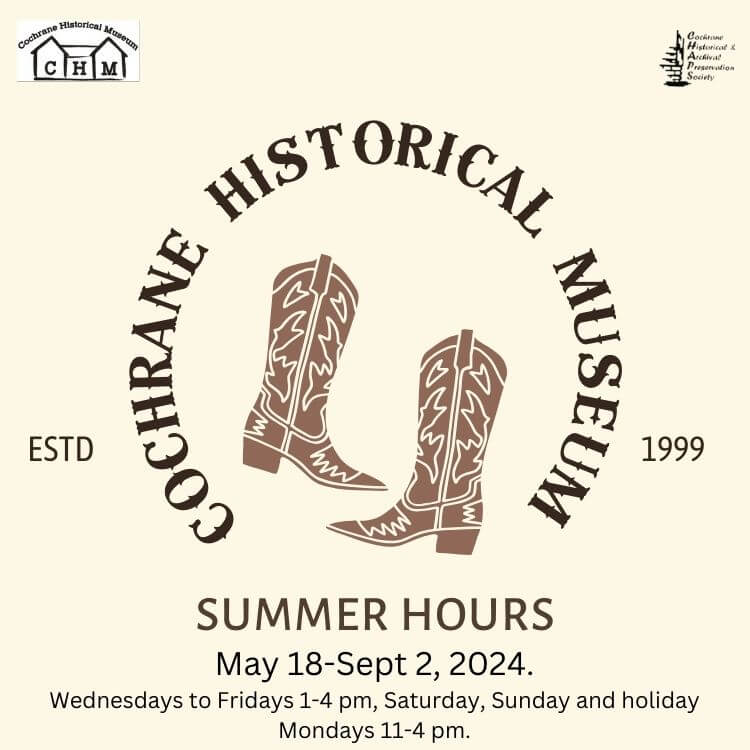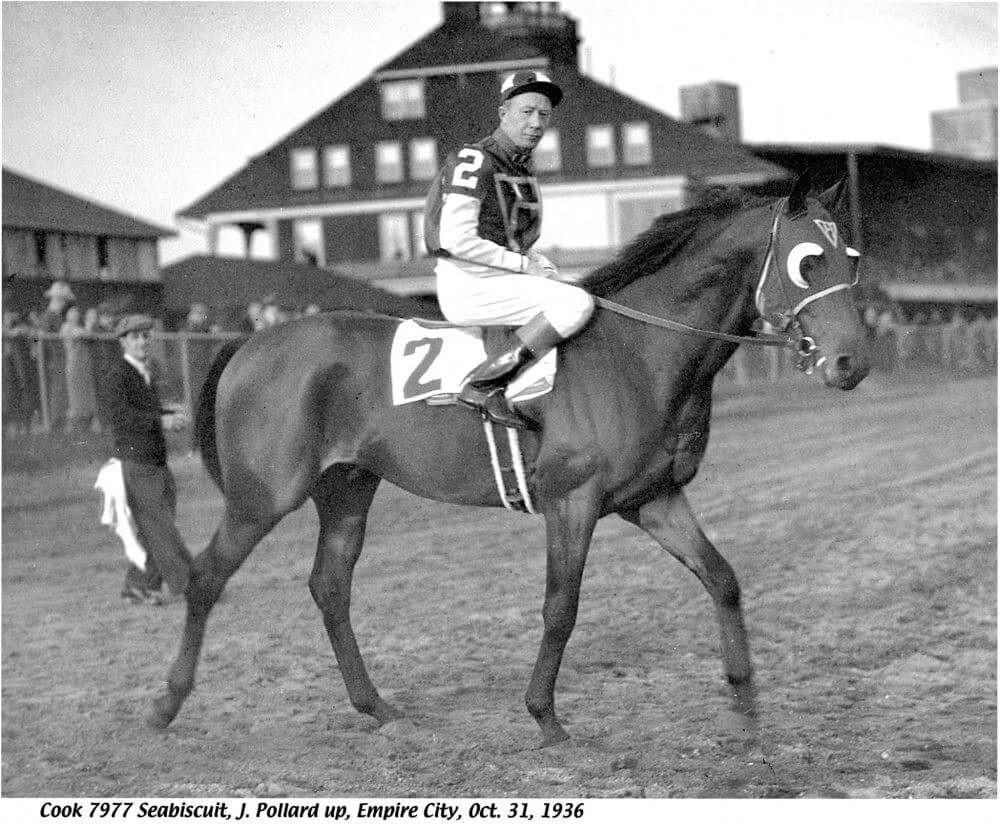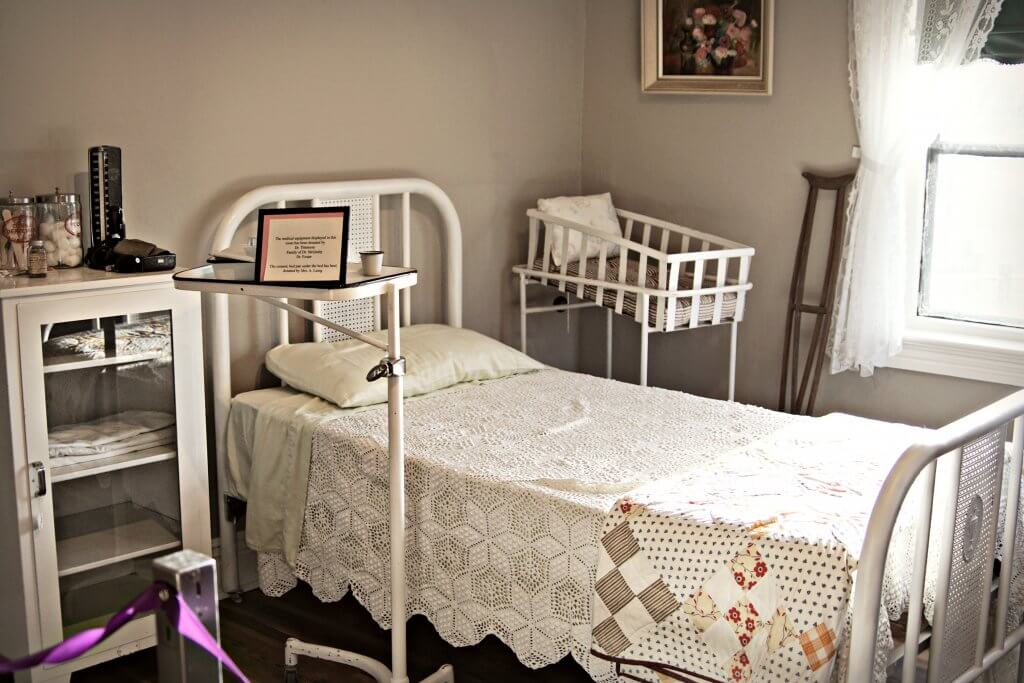pg 192 More Big Hill Country 2009
The Cochrane Light Horse Association was formed in circa 1942 for the purpose of ‘promoting the light horse and activities with horses,’ in the Cochrane area. The origins can be traced back to the Mount Royal Ranch, located northwest of Cochrane, owned and operated by Mr. and Mrs. D.P. McDonald. Neighbours were invited to picnics held at the Ranch as early as 1918, for a lunch always prepared by Mrs. McDonald. The popularity of the Mount Royal picnics grew rapidly; its development was further influenced by more settlers moving into the area. People would arrive at the Mount Royal picnics by horse and democrat and it was only natural, that activities involving horses be slated into the informal program of contests. This eventually developed into a full-blown gymkhana including events for the whole family.
The word gymkhana has been defined as a display of athletics and equestrian events. Gymkhanas are performed by Western riding clubs today and it is still a competition of dexterity, quickness, and team work between horse and rider. Finesse and technique are important but what counts is your time when you cross the finish line.
Some of the exciting events included: the barrel race, now referred to as the Stake Race; the Bending Race, now called Pole Bending; flat races such as the relay, the rancher’s race; and also fun events such as Musical Chairs, and even a Square Dance performed on horseback.
Community involvement and an old fashioned good time for the family were two contributing ingredients to the Cochrane Light Horse Association’s overall success. The Gymkhanas and other activities were often the only entertainment available in the area. Three main events formed the group’s nucleus of activity: The annual Calgary Stampede Parade float, the Gymkhana, and the Cowboy Ball and banquet held at the end of the season.

